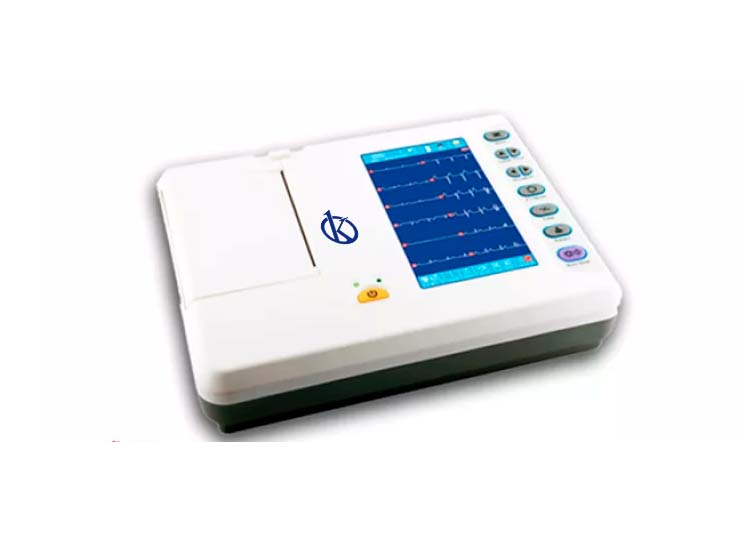Plastic surgery is the art of reconstruction and the aesthetic and structural rebalancing of the human body. Since ancient times, various methods of plastic surgery have been used, from the implementation of basic surgical tools to the most advanced methods. However, the accuracy when performing surgical techniques remains one of the most important aspects of this type of surgery.
When it comes to cosmetic surgeries such as face lift, face sculpture, liposuction, nasal reduction, abdominoplasty, among others, precision is essential to achieve the desired results. The latest novelty in this field are optical surgical navigators. These surgical tools allow plastic surgeons to provide more accurate results and perform surgeries more efficiently compared to traditional methods.
How do optical surgical navigators support plastic surgery?
Optical surgical browsers are physical devices based on specialized computer systems and software. These devices allow the plastic surgeon to visualize a specific area on a large scale during a surgical procedure without fear of damaging the tissues surrounding the work area. This is because these tools have specific tools and optical software that more accurately detect the exact location of the target area.
Optical surgical browsers also allow surgeons to perform more precise procedures by increasing image resolution. This is especially important in delicate plastic procedures involving tissue removal.
This means that surgeons can see the tissues around the surgery area much more clearly and avoid inadvertent damage. In addition, these devices also allow surgeons to have a three-dimensional image of the work area to help them choose the most appropriate trajectory for surgery.
How do these instruments reduce surgical errors?
It can be noted that optical surgical browsers are equipped with real-time super-scaling software. This surgical aid tool allows the surgeon to see the work area exactly as it appears during the procedure. Thus, there is no risk that surgeons will make mistakes because of a lack of self-perception. This means that surgeons are less likely to miss any important detail during surgery.
Optical surgical navigators also allow surgeons to have a better understanding of the anatomical structures present in the surgical area. This helps surgeons make more precise decisions about approaching the workplace. This is very useful for designing the ideal surgical path and performing plastic surgery more precisely.
Why use optical surgical navigators in cosmetic surgeries?
Nowadays, optical surgical navigators are becoming more common in the field of cosmetic surgery. This tool has given plastic surgeons greater precision when performing complicated plastic surgeries, such as lip retouching, correcting deformed ear, nasal reduction, among others. This accuracy is critical to ensure the best results for the patient.
Ultimately, optical surgical navigators are an important tool to help plastic surgeons deliver accurate, high-quality results. This innovative technology helps surgeons see the work area more clearly during plastic surgery. This allows a better understanding of the anatomical structures to help the surgeon choose the optimal surgical path.
This tool also helps plastic surgeons perform more accurate procedures to ensure the best possible results for the patient. This technology has revolutionized the field of cosmetic surgery and is expected to continue improving the final outcome of plastic surgeries.
Kalstein’s optical surgical navigators at the service of cosmetic surgery
Any surgical procedure carries a risk, and in the case of cosmetic surgery it is expected that in addition to being a harmless procedure for the patient, the expected aesthetic results will be obtained. In that sense, the surgical navigators of the manufacturer Kalstein are of special support to the surgeon. These kits come with software that makes the work of manipulating data more friendly to the doctor, while employing sensors that give a resolution of 1 mm and 3D modeling of the tissues to be intervened, which contributes to proper planning of the intervention. For additional details such as pricing, purchasing and other technical details please refer to HERE and HERE




